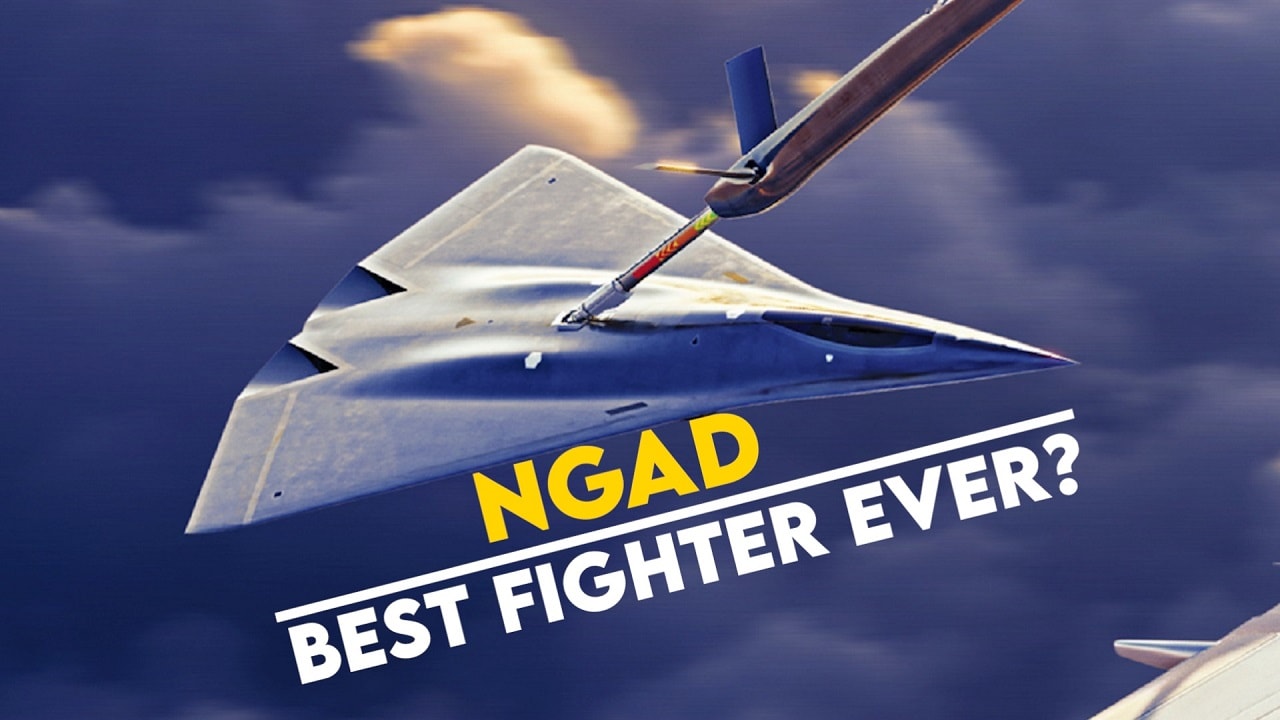The U.S. Air Force announced last week that it has officially begun the search for a design partner in its Next Generation Air Dominance project, or NGAD, which aims to develop a successor to the F-22 Raptor.
While the F-22 is unquestionably the best air superiority platform in the skies, the Air Force recognizes that consistent advances in technology will eventually render it obsolete.
To that end, it is beginning the process of replacement, soliciting secret bids from contractors. It hopes to finish a deal in 2024. Air Force Secretary Frank Kendall noted that the service is focused on avoiding mistakes made during the development of the F-35.
Late and Over Budget: F-35 Woes
In the years between winning the Joint Strike Fighter (JSF) bid in 2001 and its first operational deployment in 2018, the F-35 program suffered numerous delays and cost overruns that threatened at times to put an end to the project. These problems arose primarily from two aspects of the program: Total System Performance (TSP) and concurrency.
Broadly, TSP gave the contractor, Lockheed Martin, much greater flexibility in the oversight and execution of F-35 design and production. The idea was to eliminate redundancies and streamline efficiency by using commercial practices during the acquisition process. In practice, the lack of government oversight disincentivized good development practices, driving up costs and delaying deliveries.
In addition to the issues brought on by TSP, the F-35 program suffered from an excess of concurrency, whereby the aircraft is put into production during the testing and evaluation phase. While this can save time and money by standing up production lines earlier and getting products to the customer sooner, concurrency proved detrimental to the F-35. Flaws discovered during testing and evaluation meant that completed aircraft needed expensive retrofits. In addition, several deficiencies were discovered in the manufacturing process itself, delaying production and running up costs.
Kendall discussed these issues on Monday, emphasizing the Air Force’s eagerness to ensure the NGAD doesn’t suffer the same fate. The Air Force hopes to employ NGAD fighters by the end of this decade, and this goal in the context of such a complex project leaves little room for the delays suffered by the JSF.
“We’re not going to repeat what I think frankly was a serious mistake that was made in the F-35 program” of not obtaining rights to all the fighter’s sustainment data from contractor Lockheed Martin, Kendall stated. Total System Performance meant the contractor that won the program would own it for its entire lifecycle. “What that basically does is create a perpetual monopoly,” Kendall said. “I spent years struggling to overcome acquisition malpractice [on the F-35], and we’re still struggling with that to some degree. So, we’re not going to do that with NGAD.”
NGAD: Challenges and Opportunities
The Air Force released further details about its NGAD fighter. As the first sixth-generation aircraft, the NGAD will confront tough challenges such as Anti-Access/Area Denial strategies that rely on early warning aircraft and beyond-visual-range munitions to deny the U.S. and allies unfettered air superiority.
In order to meet this threat, the NGAD will incorporate multiple new technologies. One of the most significant changes that set it apart from predecessors is its movement away from the idea of a fighter as a single, crewed aircraft. Instead, the NGAD will employ a single fighter with Collaborative Combat Aircraft – more commonly known as unmanned aerial vehicles or drones.
Maya Carlin, a Senior Editor for 19FortyFive, is an analyst with the Center for Security Policy and a former Anna Sobol Levy Fellow at IDC Herzliya in Israel. She has by-lines in many publications, including The National Interest, Jerusalem Post, and Times of Israel. You can follow her on Twitter: @MayaCarlin.

